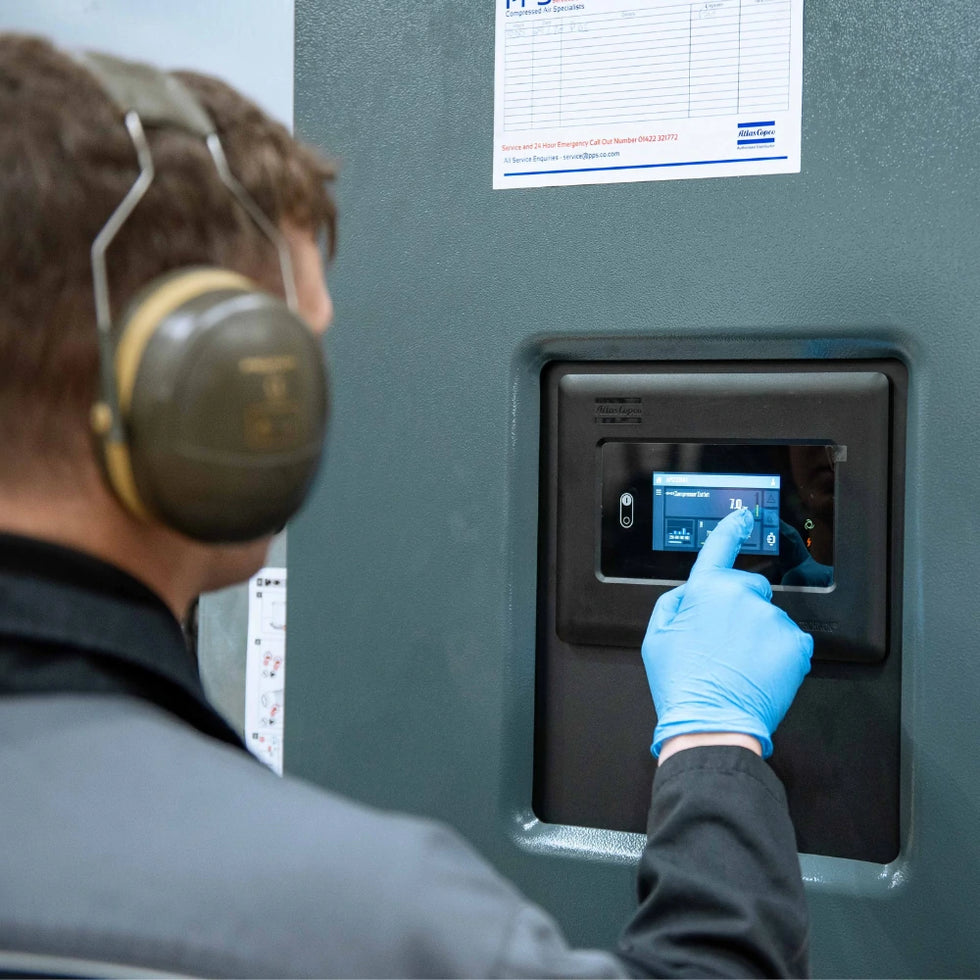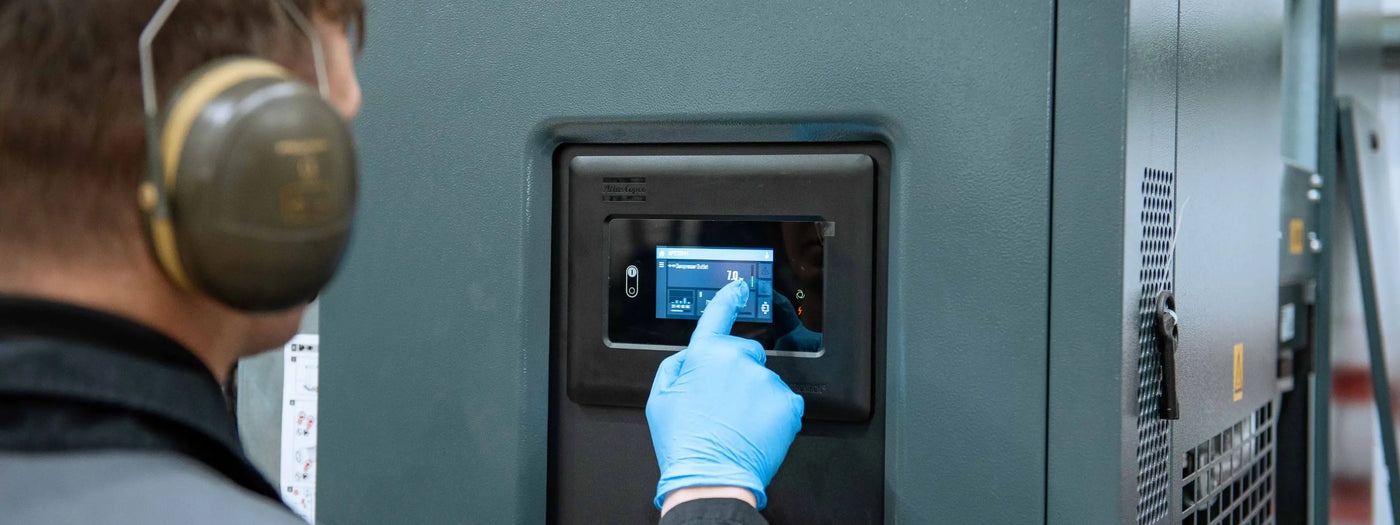Breathing air supplied by an air compressor is used in many industries to allow workers to breathe clean air while operating in environments where:
- there is insufficient oxygen to breathe
- there are dangerous gases or vapours, such as carbon monoxide, chlorine or solvent vapour
- there are solid airborne particles such as dust, asbestos, bacteria or fungal spores
- there are liquid particles such as spray paint, pesticides or oil mist
Employer responsibilities
Employers are legally responsible for the safety of their workers under the Control of Substances Hazardous to Health Regulations 2002 (SI 2002/2677) and anyone using breathing air equipment should be properly trained and supervised.
This includes ensuring that the equipment used is the right type for the job and that facepieces are correctly fitted, taking into account face shape and whether the worker has facial hair or wears glasses.
How often should you conduct breathing air tests?
It is vital that the breathing air quality is maintained through regular checks and testing of the equipment and the compressed air supply.
Government health and safety guidelines say that breathing air tests should be carried out at least every three months. Employers must ensure that contaminants are not able to affect the quality of air supplied by mobile air compressor systems.
Reusable Respiratory Protective Equipment (RPE) should be tested every month, or every three months if used less frequently. RPE tests should be recorded and these records kept for five years.
What tests should be carried out?
Breathing air must meet the minimum requirements of BS EN 12021.
This states:
Compressed air for breathing apparatus shall not contain any contaminants at a concentration which can cause toxic or harmful effects. In any event all contaminants shall be kept to as low a level as possible and shall be far below the national exposure limit. Combination effects of more than one contaminant shall be taken into account.”
Air supply from compressors can develop contaminants over time, such as oil, water and dust particles. When used for industrial purposes, this can affect the efficiency of a machine and risk breakdowns. For breathing air quality, it is even more essential that the air supply remains clean, as there is a clear risk to the health of the user if they are breathing in contaminated air.
Air compressors should be regularly checked and maintained, particularly if they are regularly moved around in different environments.
Government guidelines say that the breathing air itself can be tested by:
- simple colour change tubes
- on-line gas testers
- sample collection for laboratory analysis elsewhere
What about filters?
The two main types of filters are particle filters and gas/vapour filters. These should be checked and replaced in line with the manufacturer’s recommendations.
Anything else to look out for?
The air inlet leading into a compressor should be sited to avoid the risk of contaminated air being drawn into the system.
Conclusion
Employers have a legal duty of care to their workers to ensure that they are not harmed by contaminated air. It is therefore essential that air compressors are checked and serviced on a regular basis and that regular breathing air tests are carried out.
For advice and information on breathing air tests, call us today on 01422 321 772 or contact service@pps-ltd.co.uk. You can also download our brochure.


